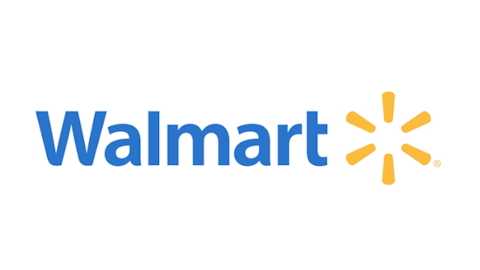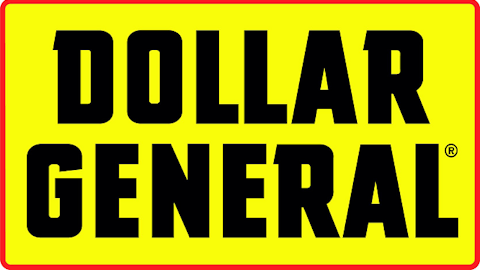Best Buy Co., Inc. (NYSE:BBY) has soared an incredible 220% in 2013 alone, but despite these gains, some still believe that more upside could come. Therefore, is Best Buy still a good investment opportunity relative to its retail peers?
What’s happened this year?
Best Buy Co., Inc. (NYSE:BBY)’s rally in 2013 has followed a combination of catalysts which began with the company’s strategic plan of cutting costs to improve margins. Best Buy then got a boost from an online sales tax bill that put more pressure on individual states to tax e-commerce purchases. Thus, online competitors such as Amazon (NASDAQ:AMZN) and eBay weren’t as appealing to the consumer without that additional 4%-9% in sales tax savings.

Hence, it has been a great year for Best Buy Co., Inc. (NYSE:BBY), and its stock has responded nicely. But, is there still room for the big-box retailer to rally even higher?
More upside?
A Reuters article that highlights the outlook of analysts who cover Best Buy Co., Inc. (NYSE:BBY) concludes that the stock trades at a 17.3% discount to its peer average. According to the article, Best Buy at 14.4 times forward earnings is significantly cheaper than others in the industry. Thus, an average price target of $50 has been awarded.
Hence, If $50 is the target, and Best Buy Co., Inc. (NYSE:BBY) is 17.3% cheaper than its peers, then I guess that settles the question of whether or not more upside exists, right? Well, not really. There is more to Best Buy’s valuation than just a P/E ratio.
Sure, a P/E ratio might be the sexiest of Wall Street metrics, but in reality, it tells us little about the company’s direction, and its room for improvement. Also, you must take into account that the companies being compared to Best Buy Co., Inc. (NYSE:BBY) are likely at a different place in their business cycle.
Different type of retail
Is it really fair to compare a P/E ratio of Best Buy Co., Inc. (NYSE:BBY) to companies like Wal-Mart Stores, Inc. (NYSE:WMT) or Amazon.com, Inc. (NASDAQ:AMZN)?
Since Hubert Joly took over as Best Buy Co., Inc. (NYSE:BBY)’s CEO in September 2012, he has cut nearly $390 million in costs by eliminating management roles and closing unprofitable stores. This process makes Best Buy a turnaround company.
Wal-Mart Stores, Inc. (NYSE:WMT) is the ultimate cyclical company. In fact, its fundamental performance is perhaps the best gauge of economic health, having nearly $500 billion in annual revenue. Thus, should we be comparing this massive gauge of the economy to Best Buy Co., Inc. (NYSE:BBY) on a price/earnings basis?
Then, Amazon.com, Inc. (NASDAQ:AMZN) with top-line growth of more than 20% annually, and a strategy that involves reinvesting revenue into the business to create future growth, makes Amazon a growth company. Thus, not comparable to a turnaround or cyclical company relative to earnings.
What’s a better metric?
Instead of comparing earnings to determine a price target or upside, shouldn’t we use a more practical metric to compare size and operational profits? I think so, because by looking at operating cash flow we can see how much a company earns from its operations alone, and then compare it to the valuation of the stock.



